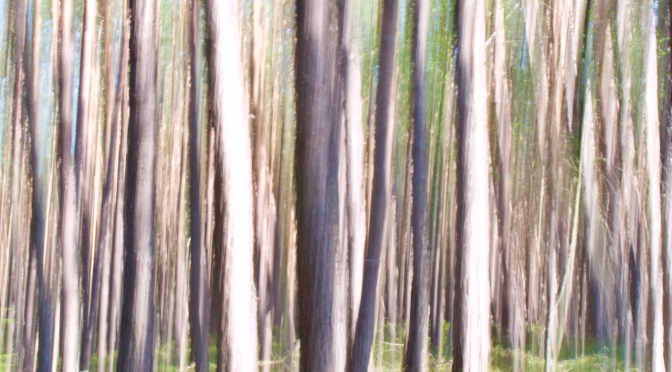A Honkyoku is a traditional old shakuhachi piece which was played by the Komuso Monks to practice Suizen, the breathing meditation. There are no honkyoku for beginners. They are all difficult. But so beautiful. At least, some of them are short and can be played by beginners.
The Japanese traditional way to learn shakuhachi is to start with children songs and folk tunes. But most of my students don’t take shakuhachi to play this repertoire, they want to play zen music. As I did when I started to learn shakuhachi.
So I decided to write simplified versions of some short honkyoku to make them more accessible and to enable my students to understand the spirit and the right blowing experience of them. Because of too many information too soon in the learning process, the pure line of the music and the spiritually of the piece often disappear behind the technical difficulties.
After practicing these simplified versions, my students go to the original versions and they can follow the line and add the ornaments much easier. It is more rewarding.
Introduction to Kyorei, Yamato Choshi, Honte Choshi and Tamuke
Some time ago I thought that my teaching material for beginners might be useful for other students who don’t have a teacher to guide them. Therefore I have been working hard the last months to update those simplified versions of Kyorei, Yamato Choshi, Honte Choshi and Tamuke, add preparatory exercises, record them all and put them all together in a booklet for self-study with an audio playlist to play along with.
As the shakuhachi repertoire was originally transmitted from master to student most of the time without notation, listening to the master and repeating after him was the way to learn a piece. So I would like to encourage shakuhachi students to listen and play along as much as possible to integrate the sound, breathing, pitch and rhythm. The ultimate goal would be to learn all the four pieces by heart and play them with the audio files.
So here it is! A step-by-step guide to your four first honkyoku!
Continue reading HONKYOKU for Beginners



